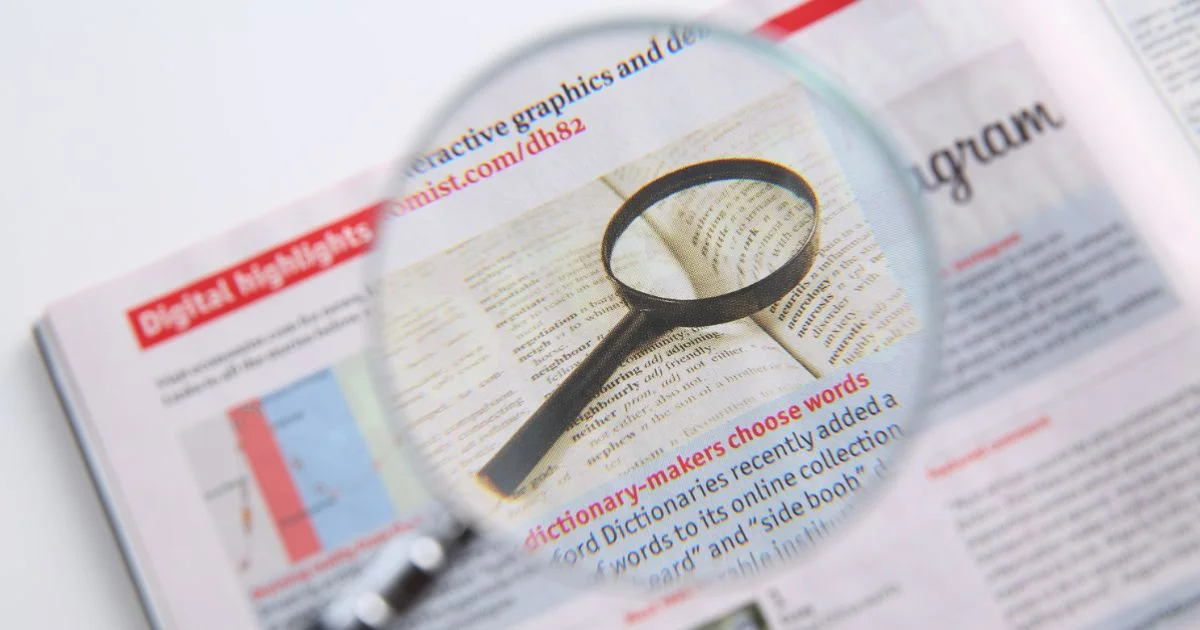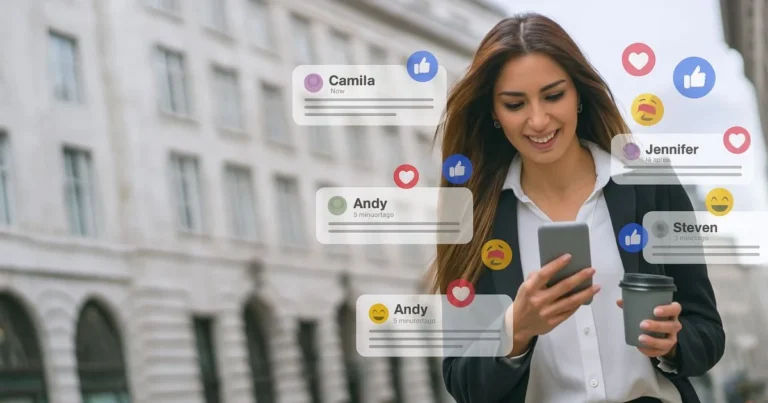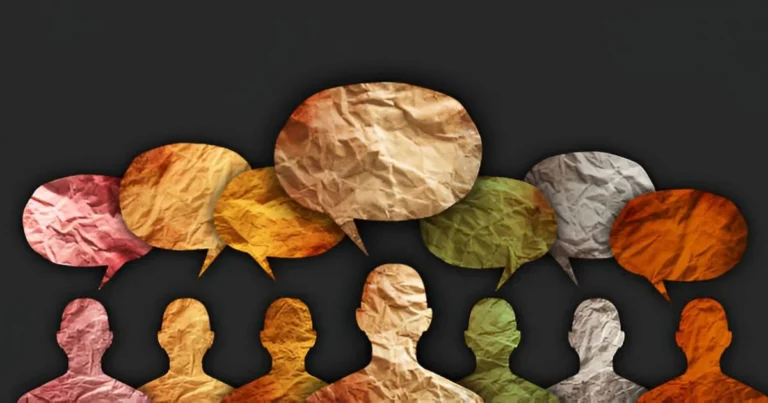From Whisper to Weapon: The Evolution of Information
“There exists, far from here, a vast realm ruled by a queen revered by her people. Though steeped in opulence, that realm is also shrouded in darkness.”
This is the message brought by the hoopoe, responding to King–Prophet Solomon, who wondered at her absence. She brought neither feather nor gift. She delivered a narrative, a seemingly trivial detail, yet one heavy with consequence. From that moment, information ceased to be mere detail; it became revelation, catalyst, action.
What legend tells, the centuries would echo in silence, in rumor, in code. Information evolved: from message to signal, from signal to weapon. In 1961, a senior Soviet GRU officer crossed a line and reached out to the FBI and CIA. What he delivered was not simple betrayal, it was an ideological tipping point. He exposed. He fractured. Information here is no longer passive. It acts. It transforms. It heralds the end of an era when information was mere bulletin, and the dawn of another when it becomes weapon and strategy.
Thus, behind every piece of information lies a reshaping of the world. A single datum, seemingly innocuous, can question, reconfigure, destabilize, and be enough to bring everything crashing down. Information, far from being mere content, is an act, an act that confronts, an act that disrupts order.
The metamorphosis: from whisper to strategy
Since these foundational moments, information has undergone constant metamorphosis. First sacred whisper, then royal decree, then printed news. Today, it is pixel, stream, data. It no longer knocks, it bursts in from every direction. A notification, a scroll, a flash. But what exactly is information? Message? Signal? Artifact? Illusion? All coexist, intersect, sometimes contradict. Information is at once data and outcome, message and staging, neutral and subjective.
The word derives from the Latin “informatio,” which meant originally “shaping,” “giving form.” Before being content, it was imprint, formation of the mind. This shift, from inner structuring to outward transmission, reveals its ambiguity. Because information is simultaneously what we receive and what transforms us. An imprint and a subtle power.
This word we endlessly consume, produce, wield, never exhausting it, assumes many roles: content, vector, signal, illusion. It is raw data and also a finished product. Reception and interpretation. This echoes Gilbert Simondon, who elegantly stated that information is not a thing but “the operation of a thing within a system”, a meaningful alteration, a breach in continuity.
🔗 Read also: The brain rot effect: Instant content and the erosion of our mental functions
We often forget: information never exists in isolation. It is produced by an eye, received by a brain, processed by a consciousness, interpreted by a culture. It is inherently social, subjective, contextual. As Foucault reminded us, it is filtered. What is seen, dramatized, erased: all partake in an architecture of power.
To inform is to ordain reality, to rank, to choose, and thus to exclude. Information is never neutral. It is always charged.
Info‑glut: the hidden toll on our focus
For a long time, information was privilege: spy, diplomat, statesman, strategist, its value lay not in truth, but in use. Today, it is everywhere, pushed to our screens as posts, notifications, suggestions. It no longer waits, it anticipates us. Yet it remains evasive. For it is not abundance that liberates, but discernment.
The human brain, according to Kahneman, oscillates between two systems: one fast and emotional, the other slow and analytical. In a saturated world, the first reacts. It craves the familiar, the affirmed. It consumes information like an anxiolytic, to be soothed, not to comprehend.
Neuroscience confirms: under cognitive stress, humans no longer think, they repeat. They simplify. They cling to patterns. Information becomes a distorted mirror, not gateway, but confirmation of anxieties.
In this fog, information can turn toxic. Fake news thrives on fatigue and the abandonment of critical effort. Cognitive bubbles become fortresses. Narratives become identities. Algorithms reinforce bias. They show us what we already like, they erase doubt. And doubt, ironically, is the heart of knowledge.
Hence we must now talk not just about media, but mental ecology. Information becomes a matter of wellbeing. It enters our cortex, shapes our beliefs, colours our perception of the world. To inform is to act on emotion, on representation.
Cognitive clutter: the cost of too much data
To stay informed is not merely to receive facts, it’s to welcome, filter, digest them. To grant them space within the folds of our emotions, anxieties, fatigue. For information touches not only the intellect, it penetrates the being.
Neuroscience now confirms what folk wisdom intuited long ago: too much information kills information. Too much sound, image, opinion, too many digital urgencies. In short, too much of everything exhausts.
Miller’s Law reminds us: working memory can hold only seven elements, plus or minus two. Beyond that, the system overflows, saturates, fails. Cognitive load overwhelms. We lose clarity, logic, discernment.
🔗 Explore further: The stolen identity
The brain then switches to the fast, automatic mode, Kahneman’s “System 1.” We stop verifying. We react. We share. Apps know it, platforms adapt. Each notification is a jolt, dopamine if pleasing, cortisol if worrying. Both, in excess, tire us. Attention becomes fragments. Emotion becomes commodity.
We once thought information enabled freedom. Now it wears us down. Instead of expanding thought, it exhausts it. We speak of infobesity and information stress. The screen watches while the mind wanders, and the body absorbs.
Thus we seek shortcuts. Simple narratives. Scapegoats. Signs. Again, information shifts, from truth to belief. Not what is, but what reassures. Conspiracy thinking is not merely a social pathology, it is a narrative anxiolytic.
Yet, information can also heal. When it enlightens without imposing. When it reveals without harassing. When it allows doubt, nuance, incompleteness. There exists an ethics of information, as there is an ethics of speech. Knowing when to speak, how to speak, and sometimes, when to remain silent.
To be informed today is also to protect oneself. It is an act of care, for oneself, and for others. A mental hygiene. A breath. And perhaps, a form of wisdom.
Algorithms at war: the new front of influence
Journalism recognized this as far back as Watergate: when information breaks through, it topples. But this power is double-edged. Revelation can manipulate. Informing can distort.
Information is a pharmakon, it heals and infects, enlightens and blinds. Its power depends less on its truth than on how it circulates. A truth ignored is worthless. A well-propagated lie can dismantle everything.
Today, this regime is called algorithm. Behind every feed lies a metaphysics, the metaphysics of engagement, clicks, attention time, and thus, value. We have entered an information capitalism where every datum is an asset, every behavior a currency, every decision a predicted transaction.
As Shoshana Zuboff demonstrated, humanity no longer thinks the world, it is information that thinks for us. And it thinks guided by interests: commercial, strategic, political. The aim is no longer to know, but to capture, and thereby to shape.
🔗 Discover more: Ideology redefined: The inner evolution of how we think
In this context, education becomes resistance. Learning to read, to doubt, is restoring autonomy. To introduce slowness in speed, reflection in immediacy, silence in noise.
For whoever controls information controls perceptions, and thus emotions, and thus choices. Information does not serve knowledge, it serves belief. It is belief. It is narrative. It is faith. And strategists have always known this. Victory begins with an image. A word. A datum.
To think about information is not to reflect on truth, but to interrogate how we relate to the world, how we perceive, how we resist the flow. It is consciously choosing what we receive, and what we reject.
Perhaps, then, it is to recapture the wisdom of the hoopoe: not speaking for speaking’s sake, but speaking when needed. And saying what truly matters. For a single piece of information can enlighten an empire, or make it fall.
References
Bob Woodward & Carl Bernstein (1974). All the President’s Men. Simon & Schuster.
Christopher Andrew & Vasili Mitrokhin (1999). The Mitrokhin Archive. Penguin Books.
Daniel Kahneman (2011). Thinking, Fast and Slow. Farrar, Straus and Giroux.
George A. Miller (1956). « The Magical Number Seven, Plus or Minus Two ». Psychological Review, 63(2), 81–97.
Gilbert Simondon (1969). Du mode d’existence des objets techniques. Aubier.
Jacques Ellul (1962). Propagandes. Armand Colin.
Marshall McLuhan (1964). Understanding Media. MIT Press.
Michel Foucault (1975). Surveiller et punir. Gallimard.
Paul Virilio (1995). La vitesse de libération. Galilée.
Shoshana Zuboff (2019). The Age of Surveillance Capitalism. PublicAffairs.

Ahmed El Bounjaimi
Copywriter-Content Designer
Master’s in Organizational Communication, Hassan II University
Bachelor’s in Philosophy of Communication and Public Spheres, Hassan II University







